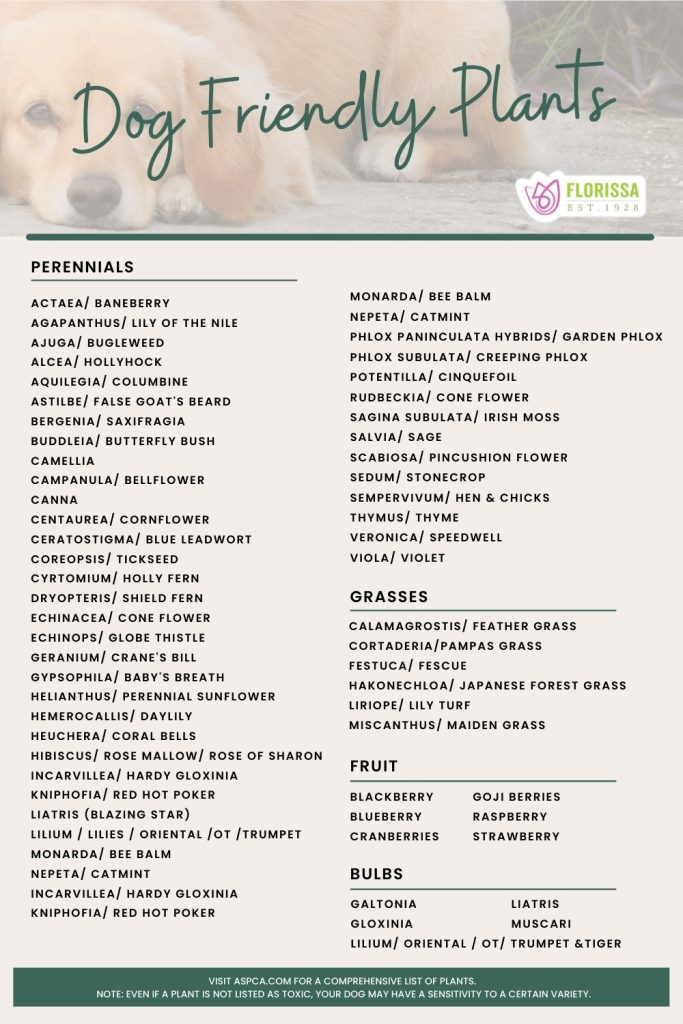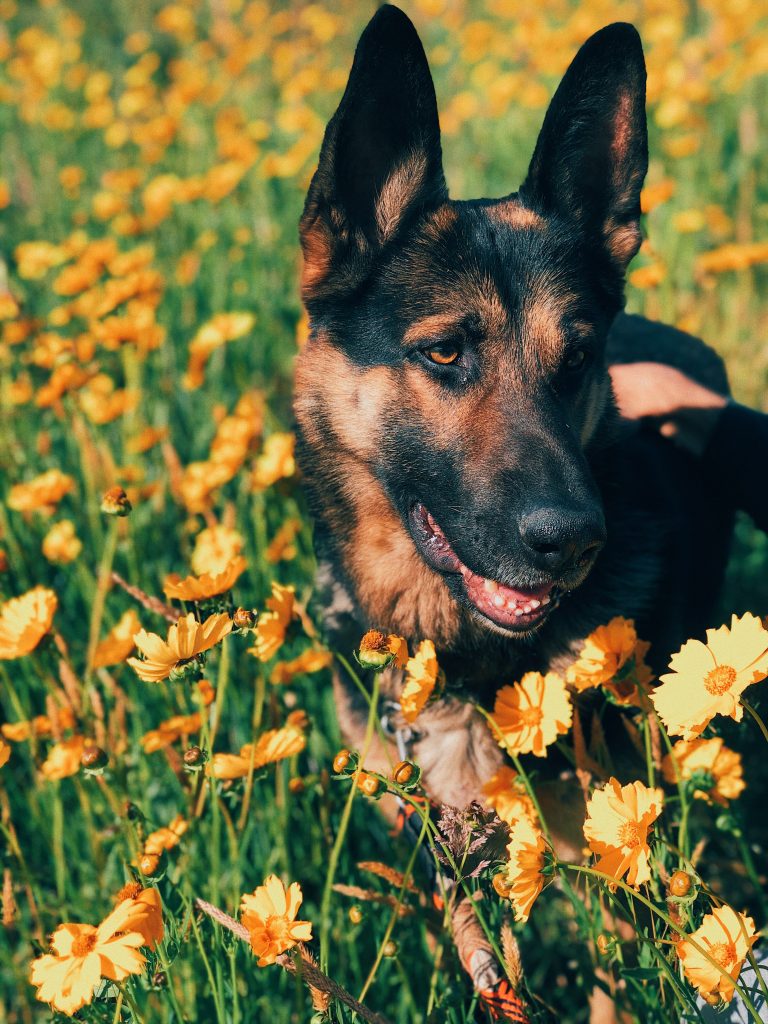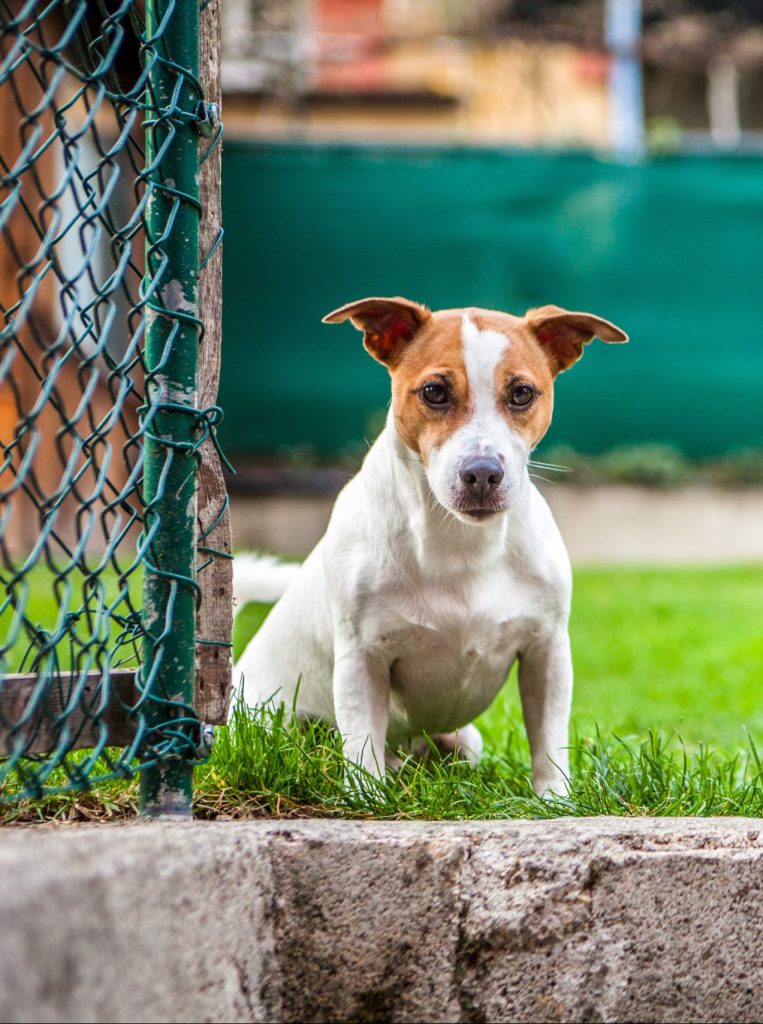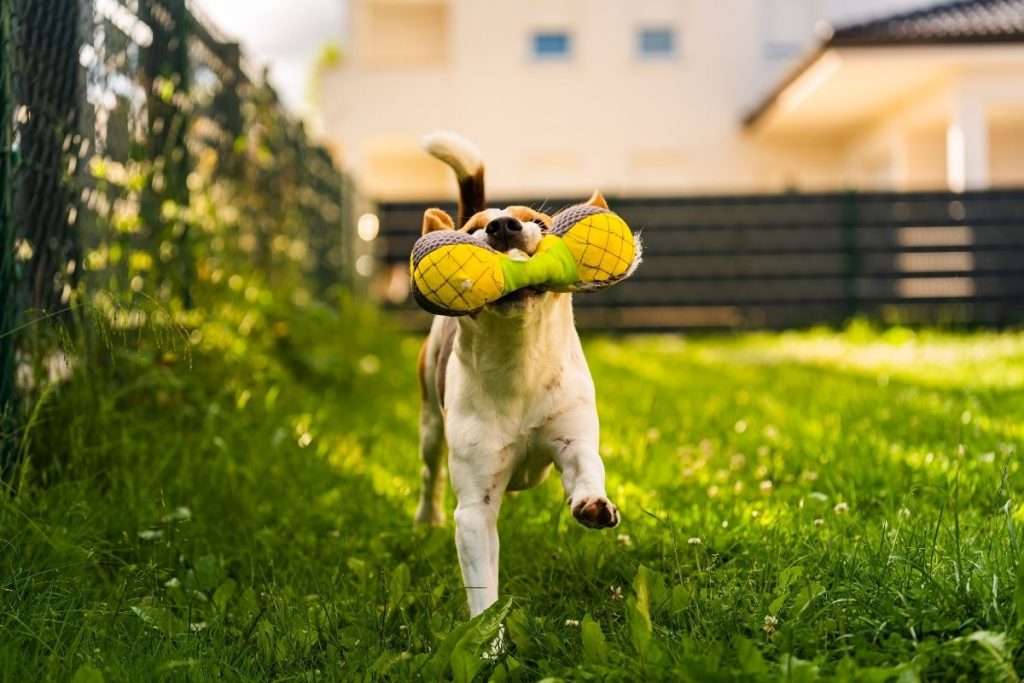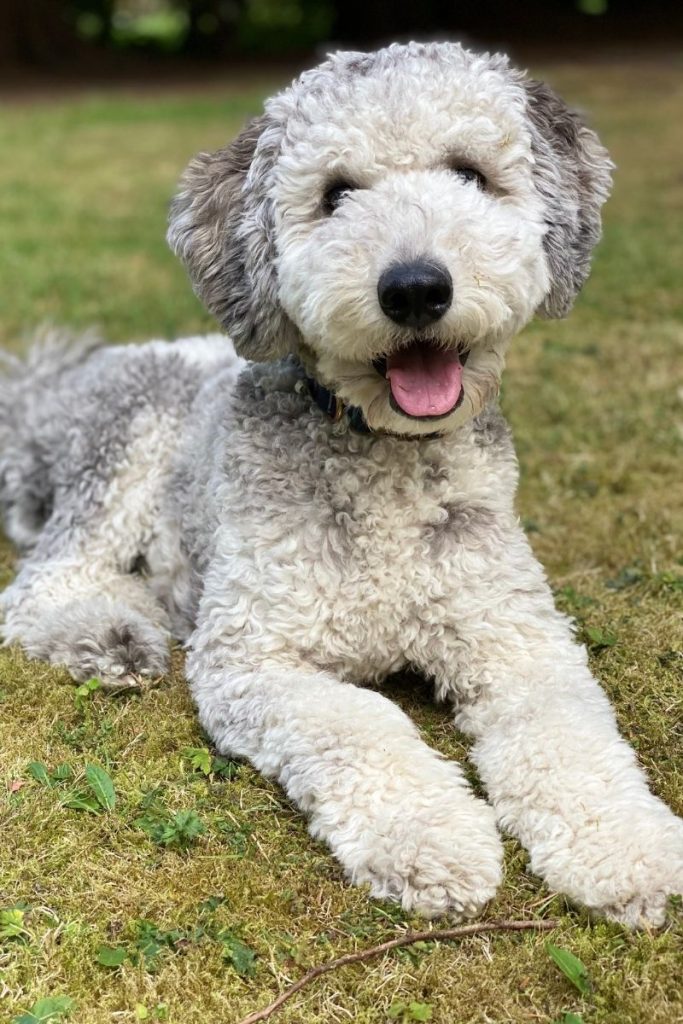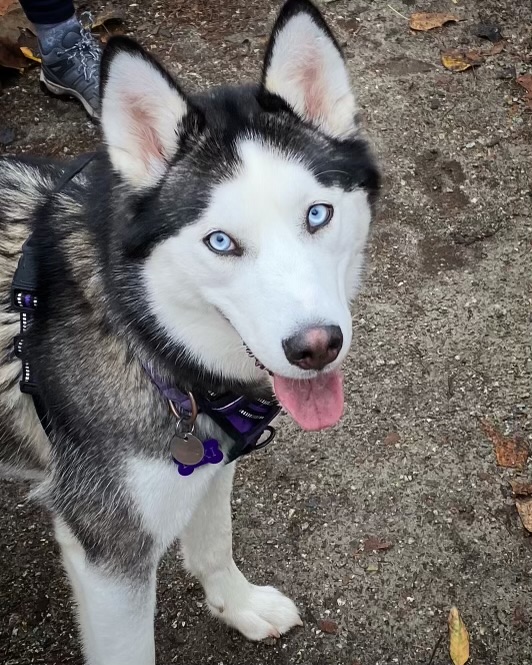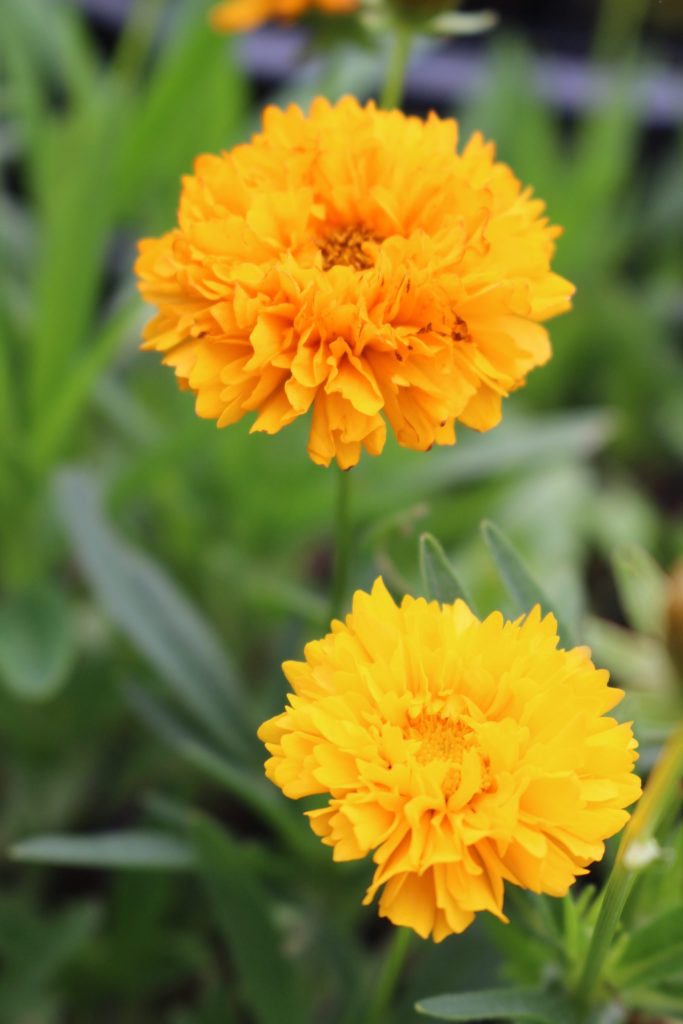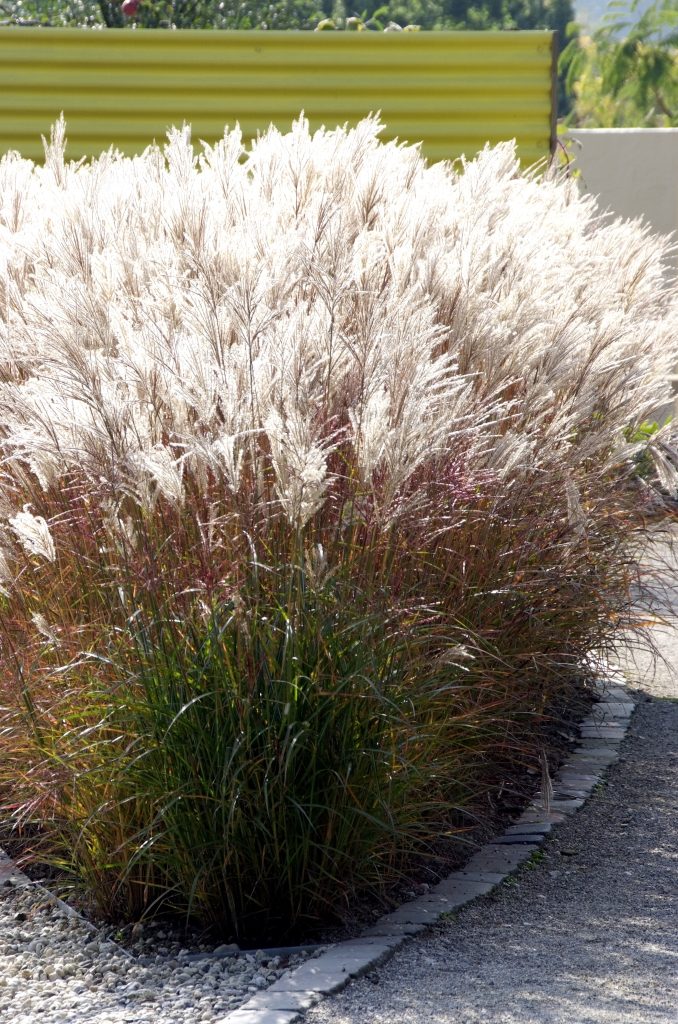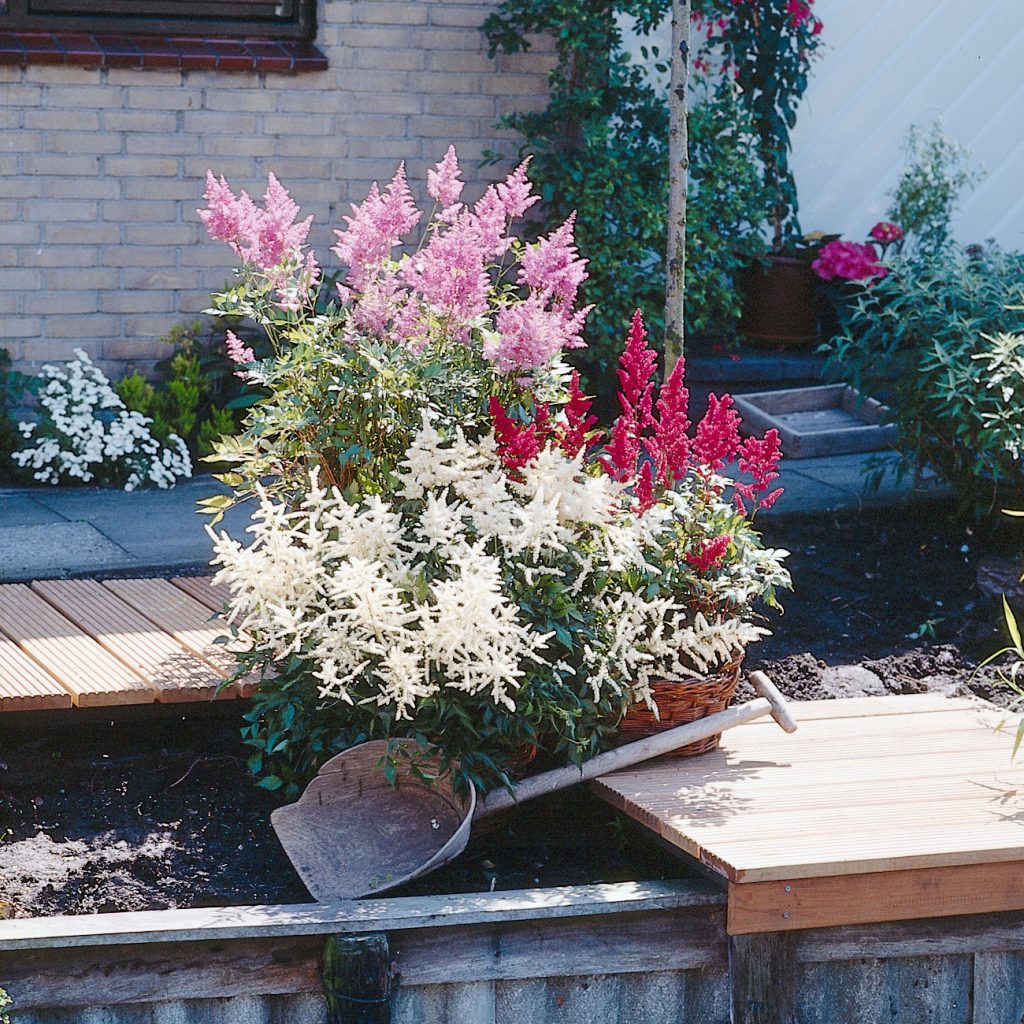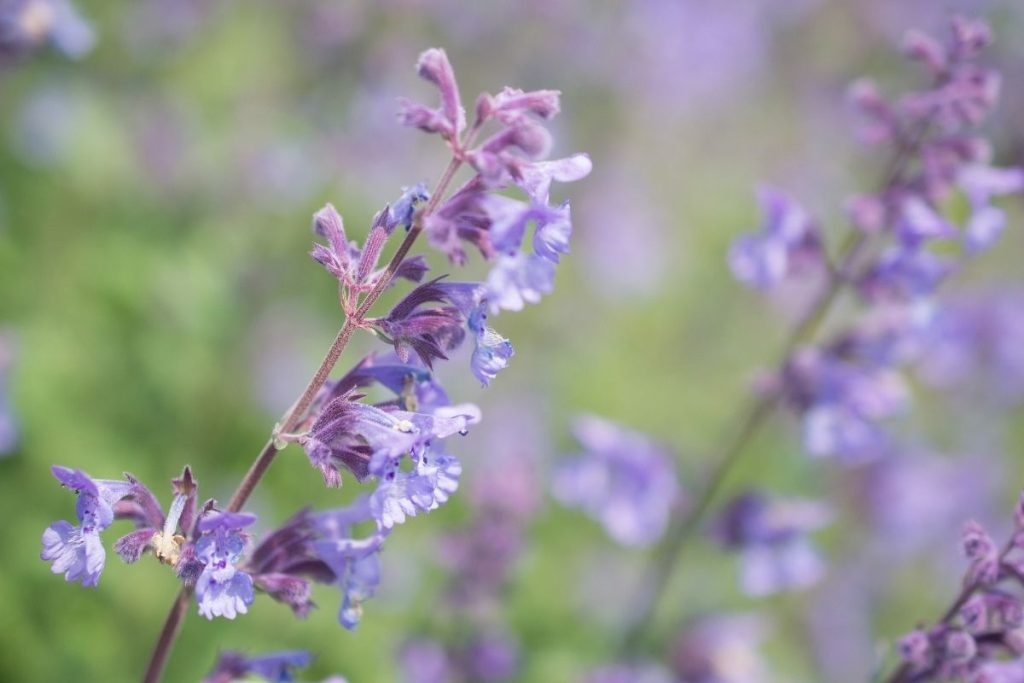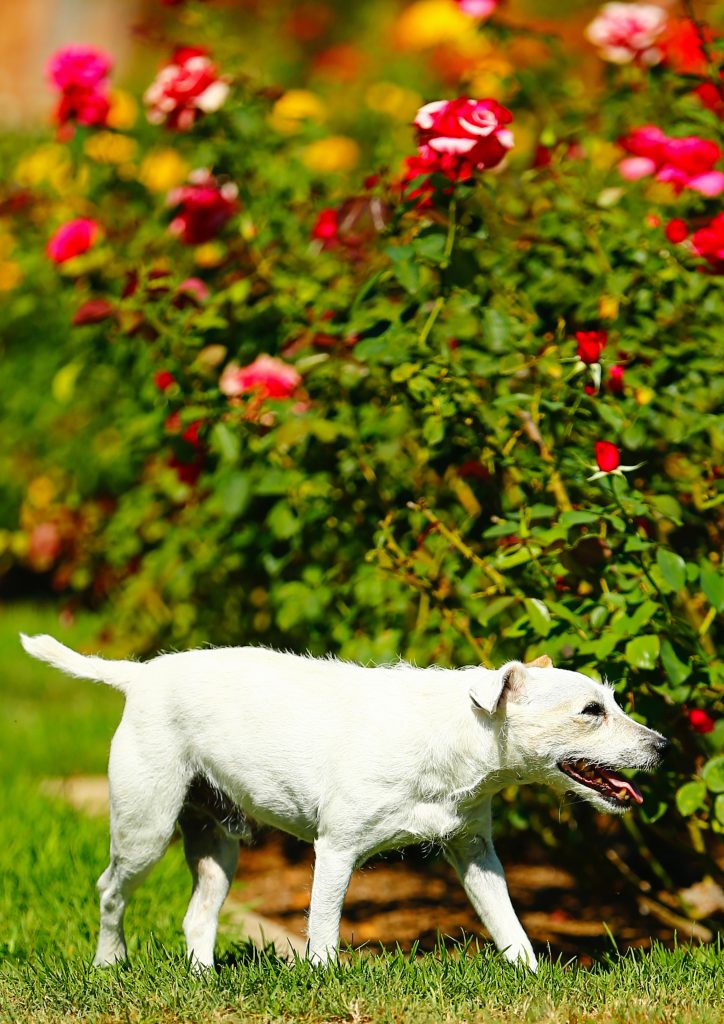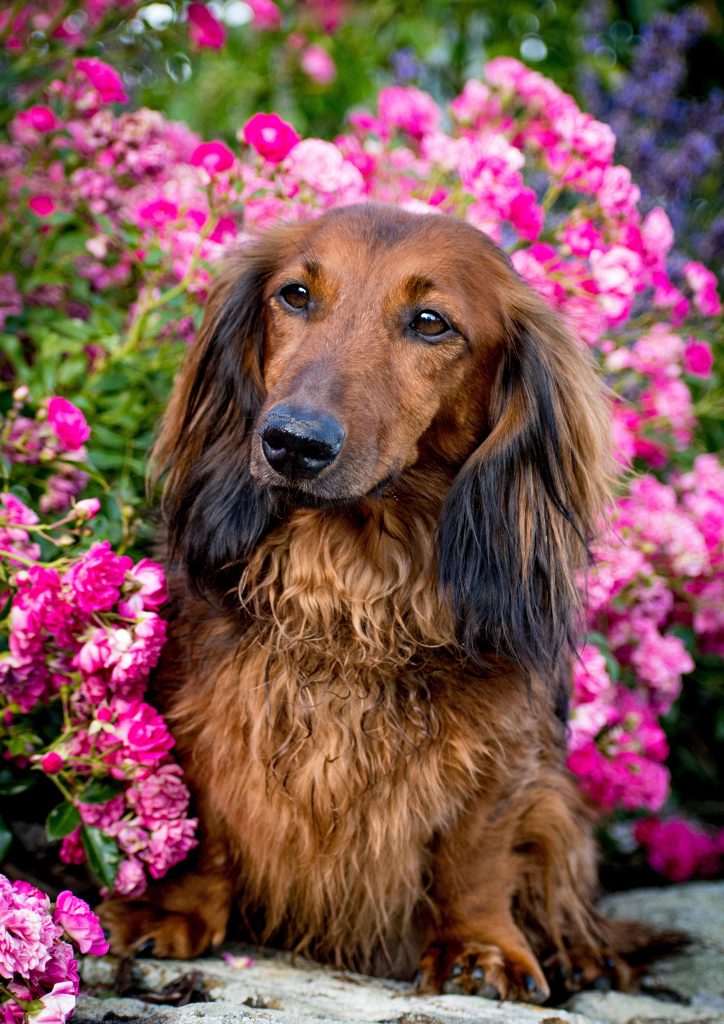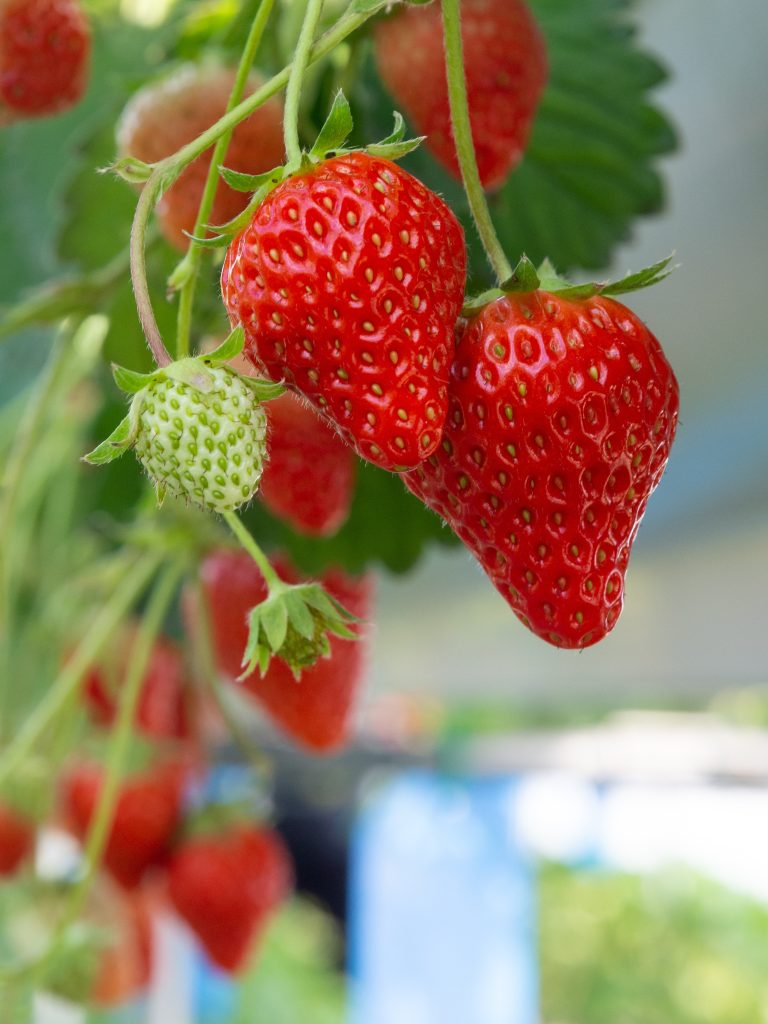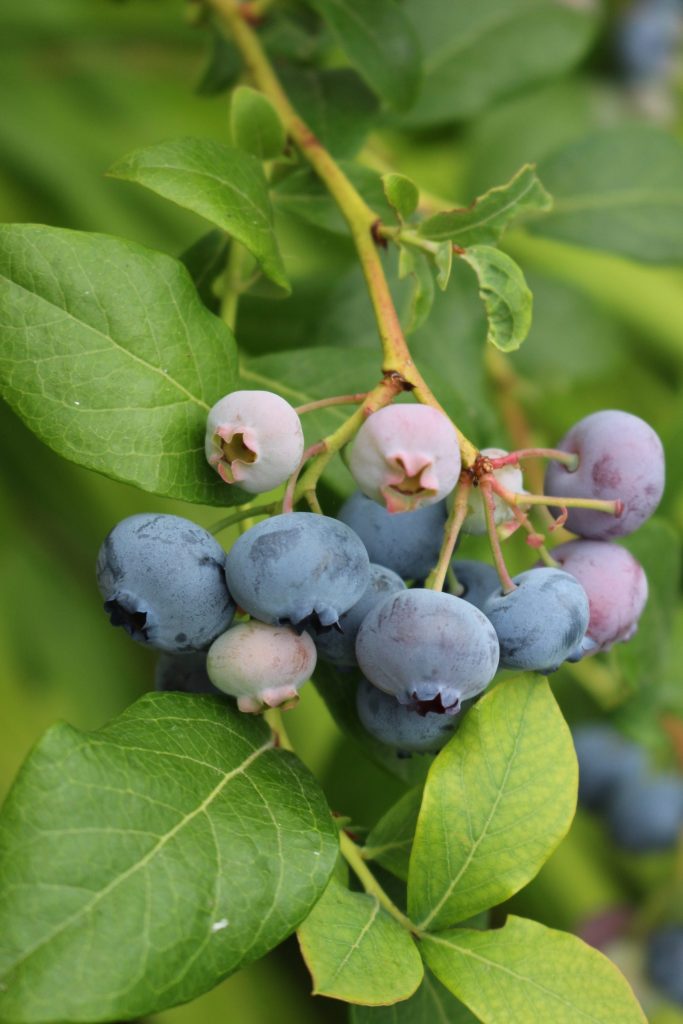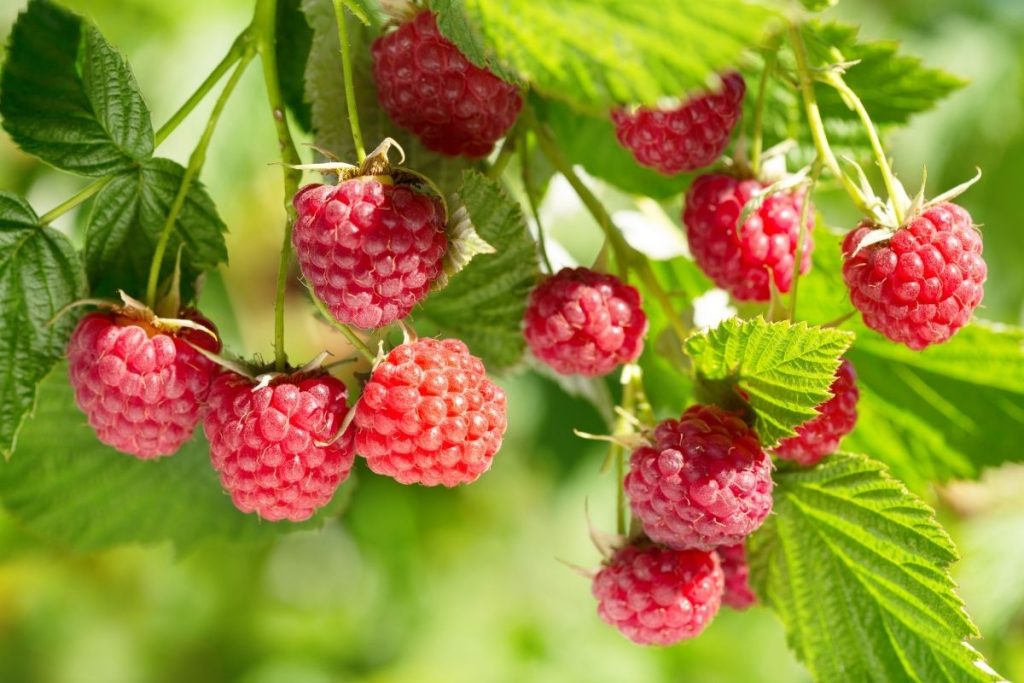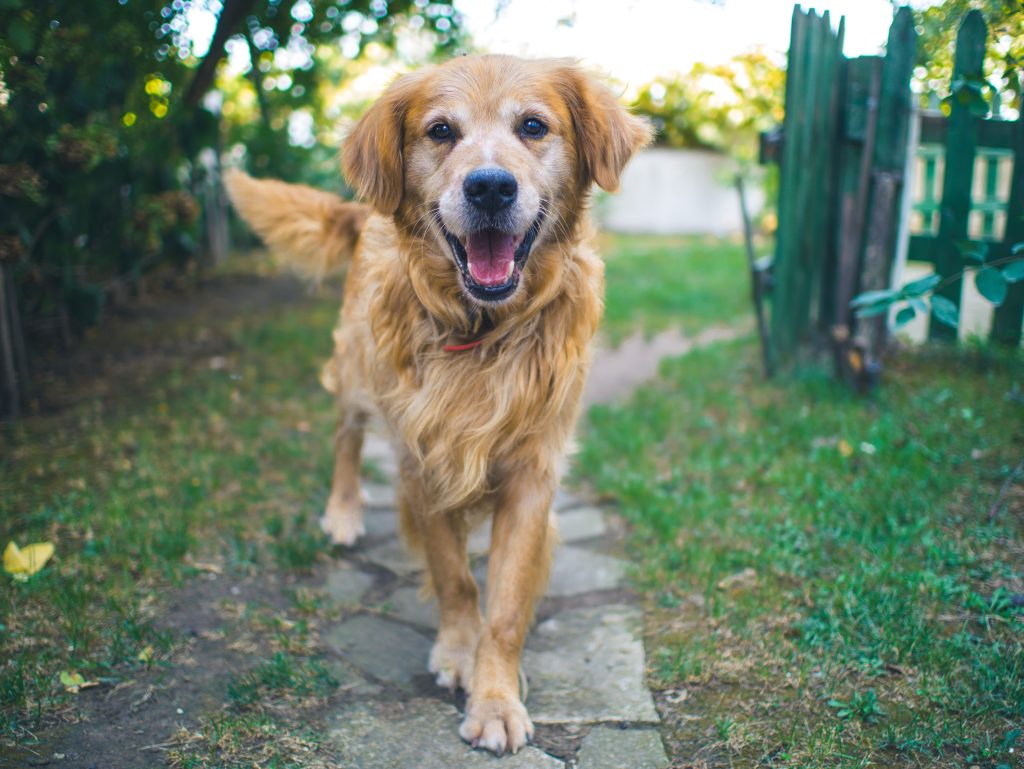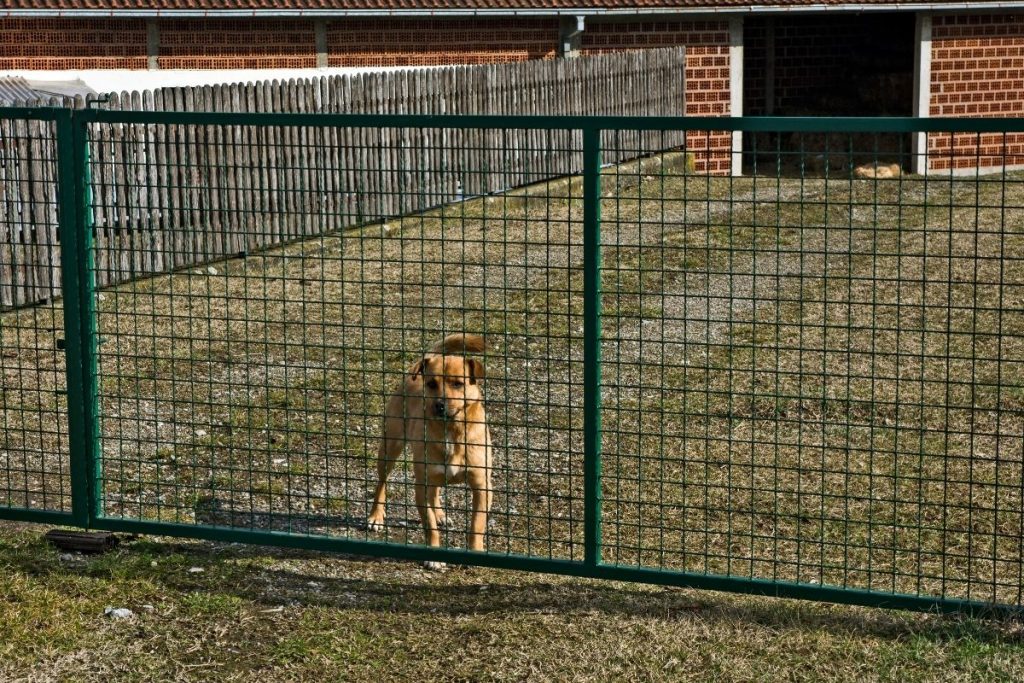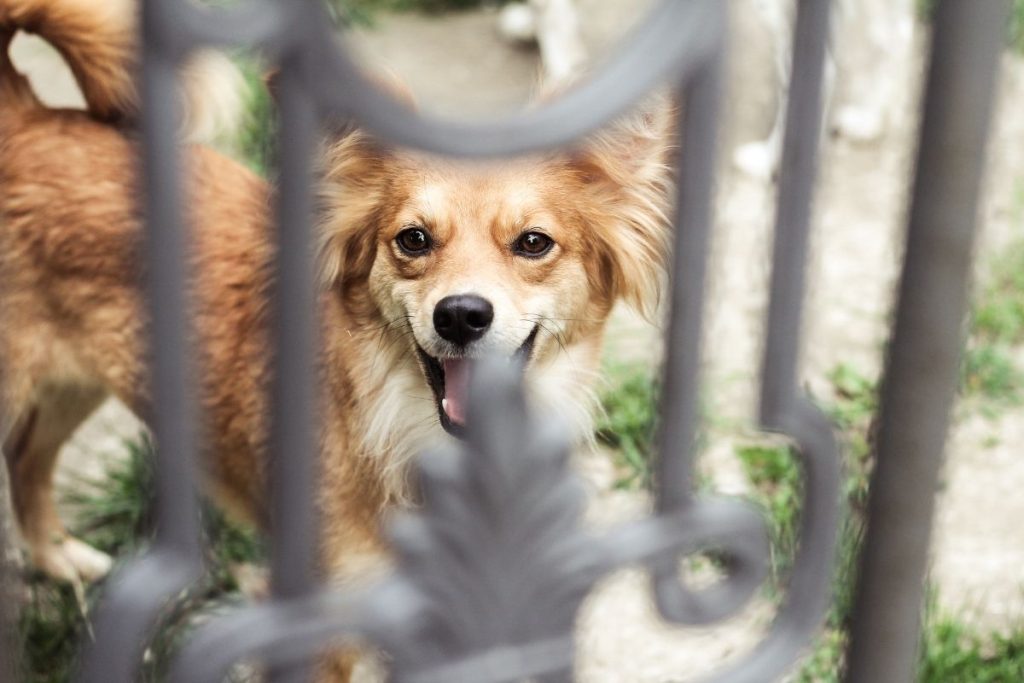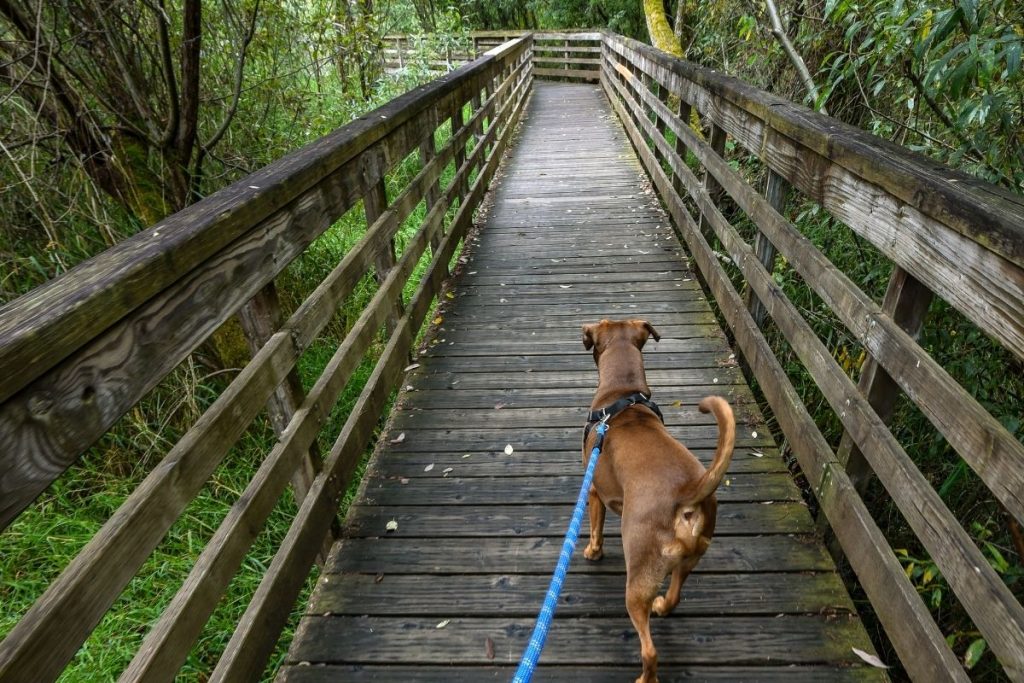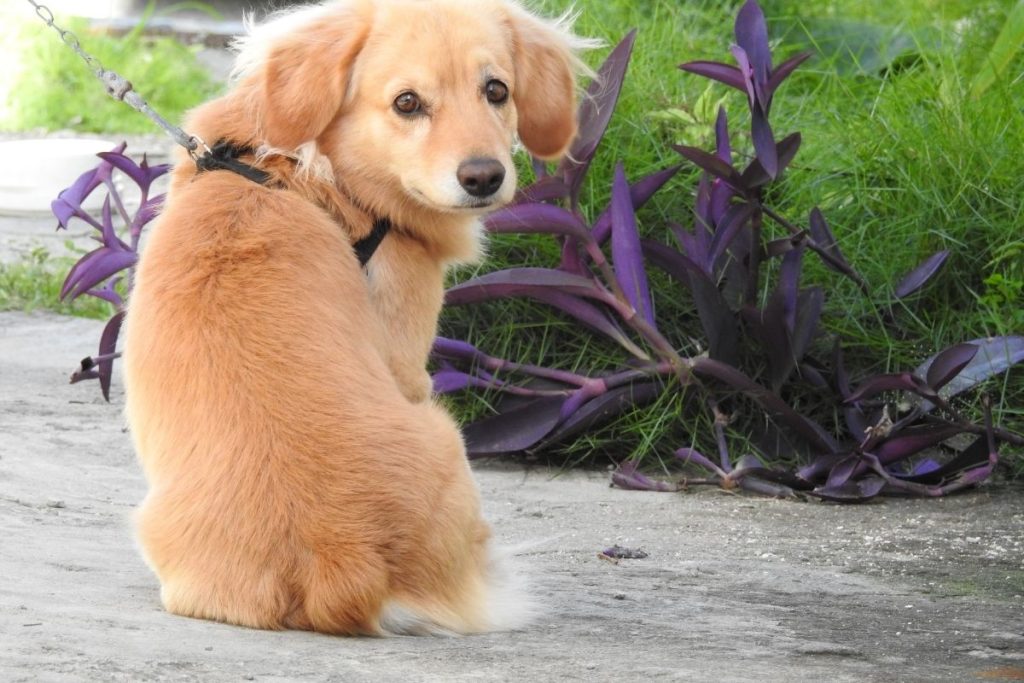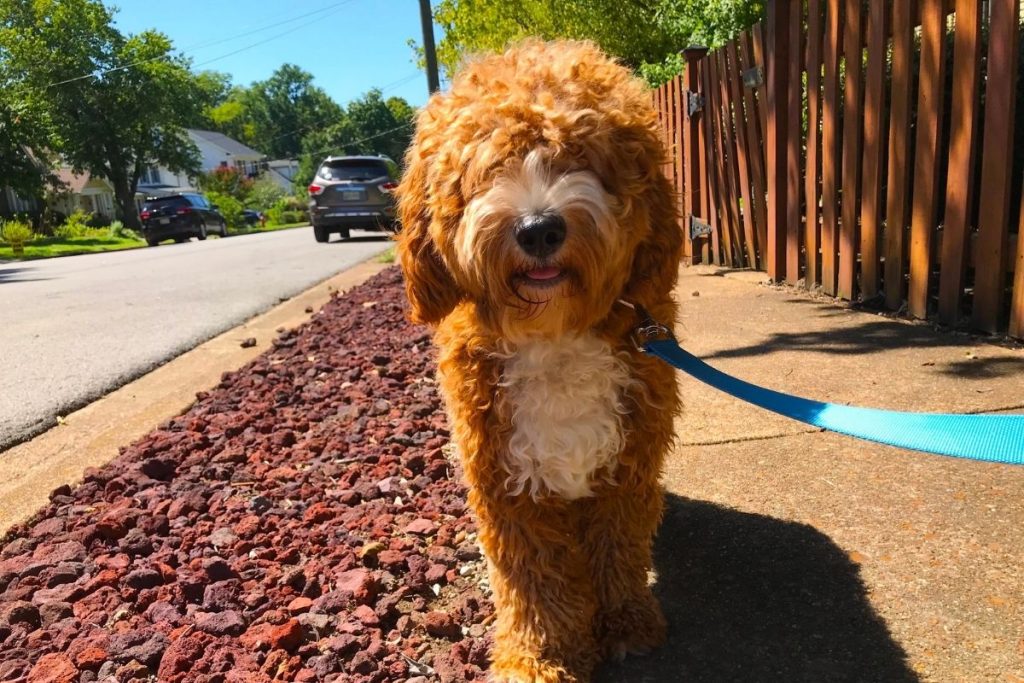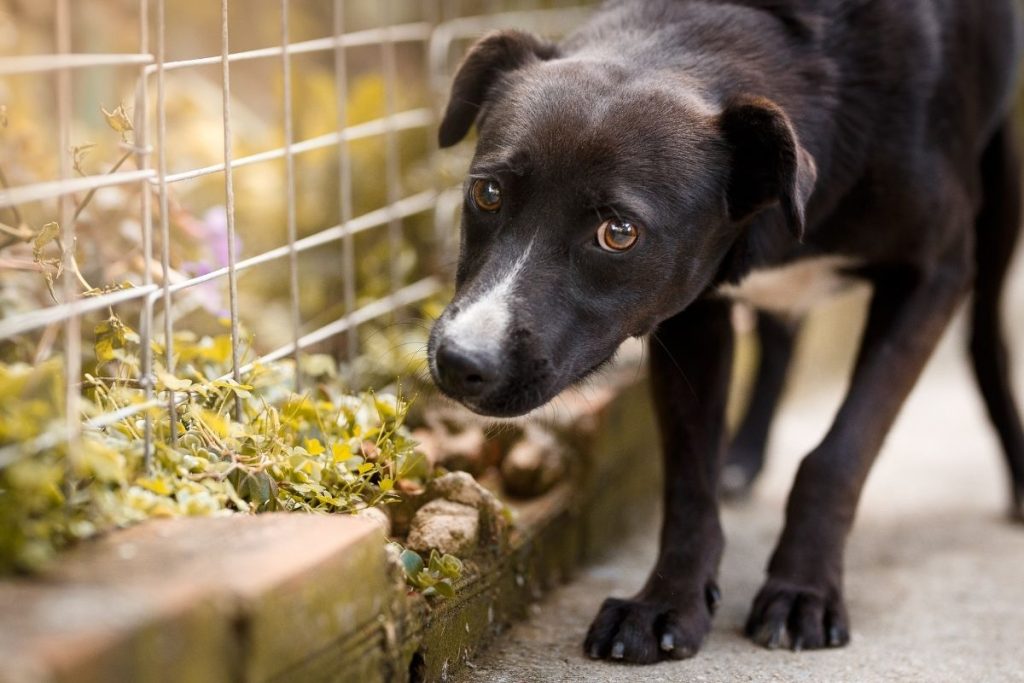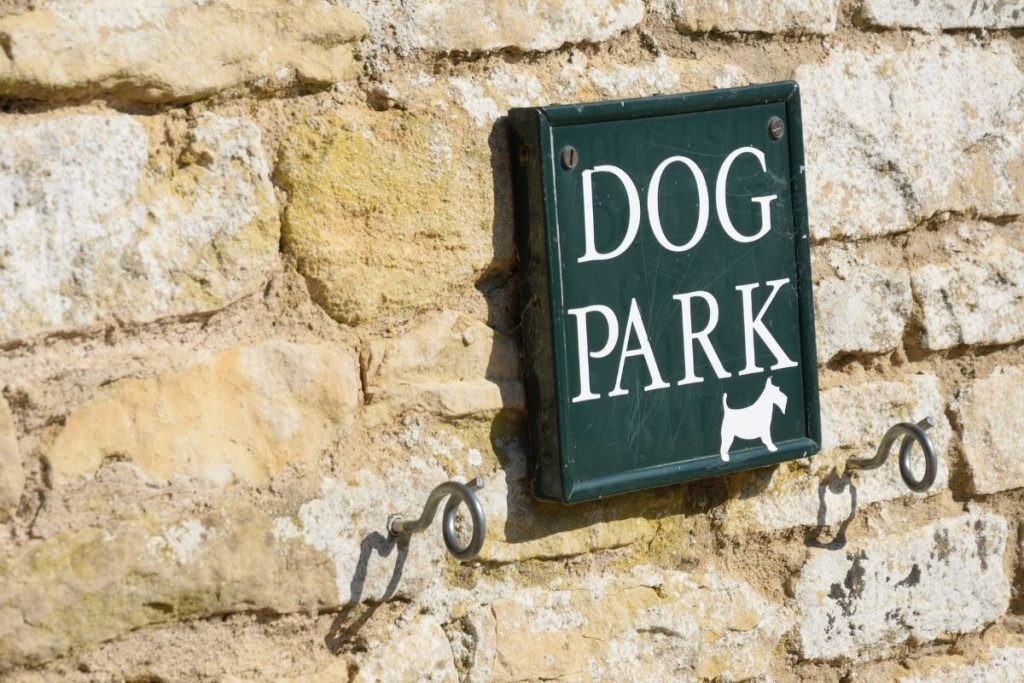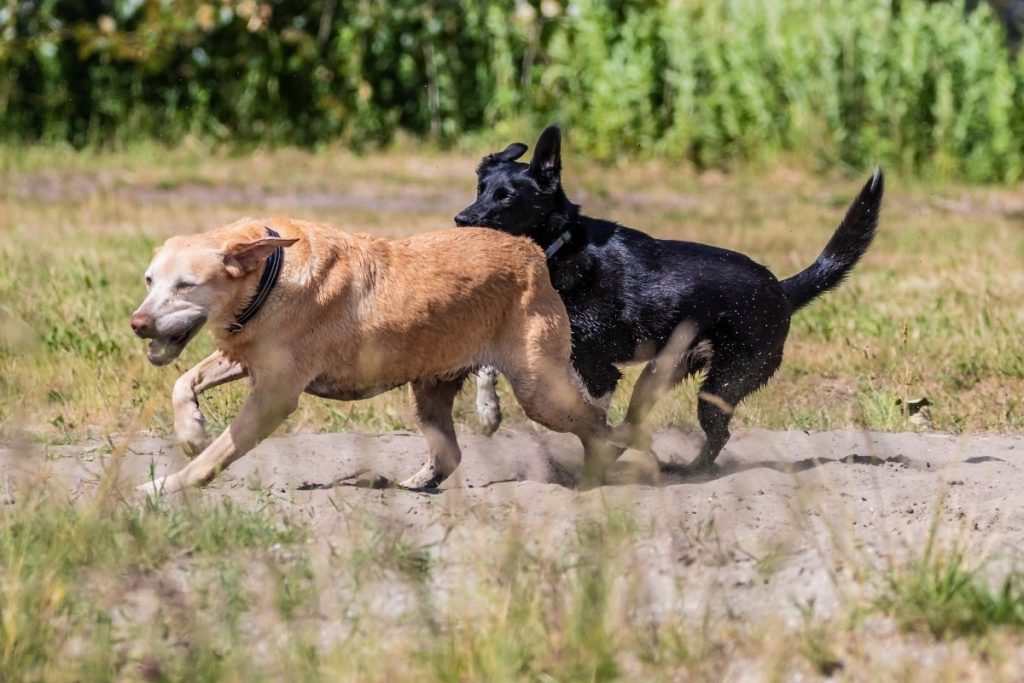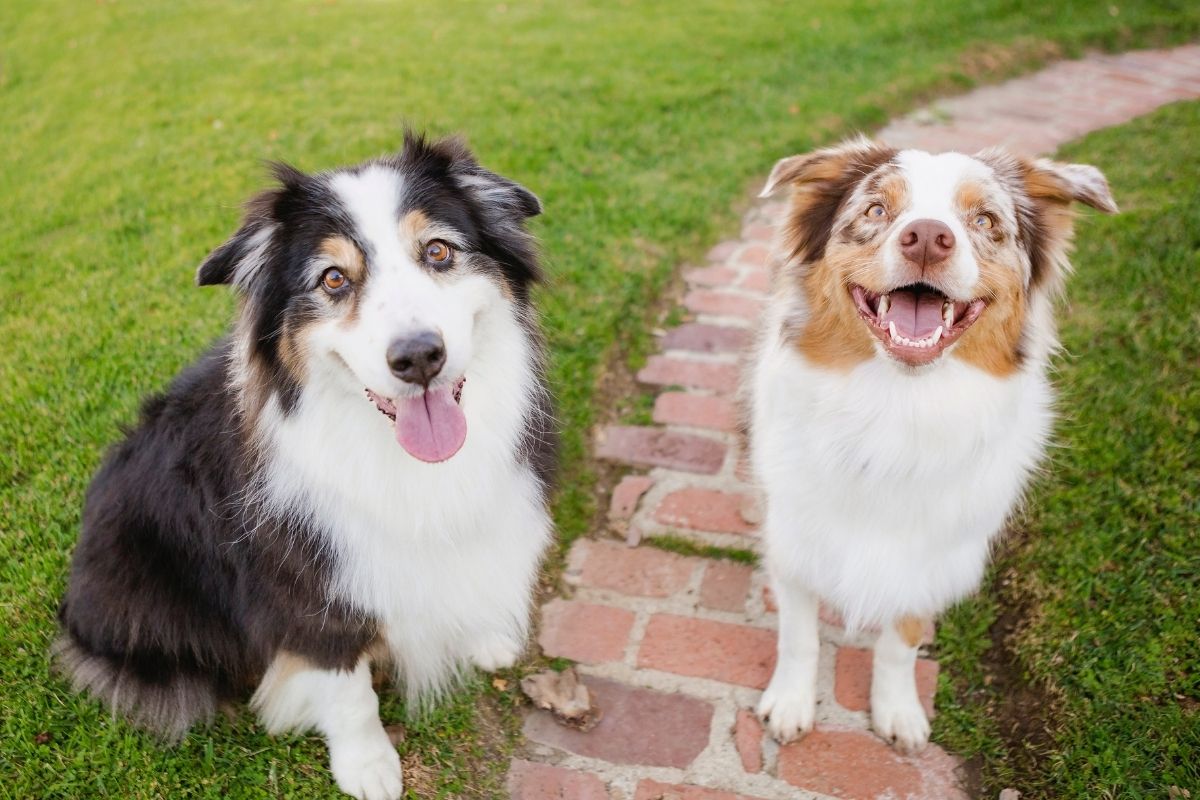
Creating a Dog Friendly Garden
Like most pet owners, I am head over heels in love with my dogs. As a dog owner, it is very important to have safe spaces for my dogs to explore. It’s great to have a pet friendly garden to send them out to in the morning and I can relax inside, carefree, drinking my coffee. Whether they are exploring or rolling in the grass, I want to make sure I have created a safe environment for my dogs to play in. The emotional pain of going through a pet’s sickness is awful, and the vet bills can quickly add up. Our pets can’t understand or learn about safety in the garden like we can, so it’s very important for me to be aware of what plants I place in my garden.
Table of Contents
Dog Friendly Plants
As very curious animals, dogs want to know about their surroundings. They learn from the scents they encounter which might get them into trouble when it comes to plants. Getting too close or chewing on the wrong type of plant can be harmful to your dog. Although you cannot monitor what is planted in your neighbourhood, you can make sure your outdoor space is safe for your pup to roam free. I always ensure my garden contains non-toxic plants, and thankfully there are many perennials to choose from that are safe for my dogs. A few of my favourties I have in my garden are coreopsis (tickseed), coral bells (heuchera), phlox, and kniphofia (red hot pokers). These varieties have added a lot of gorgeous colour to my garden. Your dogs will also appreciate larger plants such as rose of sharon (hibiscus) and tall grasses like pampas grass (cortaderia selloana). These will give your dogs the much-needed shade in those hot summer months.
Even though my dogs might not be inclined to ingest harmful foliage, I still want to add pet friendly plants to my garden. Adding safe plants will take the worry away and lead you to explore new plants for your garden! Robust and established perennials such as astilbe and nepeta are excellent as they are strong and can better withstand dogs walking through your garden beds. Even with a fully planted garden, it’s hard to keep my young dogs from getting into my garden beds from time to time!
Roses are another safe plant for your garden space. Their attractive and fragrant blooms provide beauty and colour to my garden (and the uncomfortable bushes will keep my dogs away).
Small fruit (strawberries, blueberries, raspberries) are also plants safe for dogs, as long as they are ingested in small quantities and are treated only with organic fertilizers. So thankfully I can still safely plant my favourite summer fruit.
With many plants available which are safe for your pets, it is easy to have a beautiful garden which is safe for inquisitive and playful dogs. When adding new dog friendly plants to my garden, I like to place chicken wire around them to protect them in case my dogs wander into my garden beds. This will allow my new plants to get established, and I won’t have to constantly watch to see if my dogs are walking all over them.
Plants to Avoid in Your Dog Friendly Garden
There are a few common perennials that are poisonous plants for dogs. Some plants I always watch out for are hosta, dicentra (bleeding heart), clematis, iris, wisteria, and allium. These are all harmful to dogs. A very common harmful perennial to note is acontium (monkshood) also known as wolfsbane. This is only a short list of harmful plants and a more extensive list is available at ASPCA. However, there are still many safe and wonderful dog friendly varieties available. Before you dig up your favourite plants, check to see if your pet has any interest in any these plants. For example, if you have a hosta in the back of your garden where your dog doesn’t ever visit, or an iris in a container where your dog will not be able to access, it might be okay to keep them in your garden. If your pet doesn’t walk through your garden, certain varieties may be alright in your outdoor space. However, when planning out your garden it’s always a good idea to make sure to check the varieties to see if they are safe for your four-legged friend.
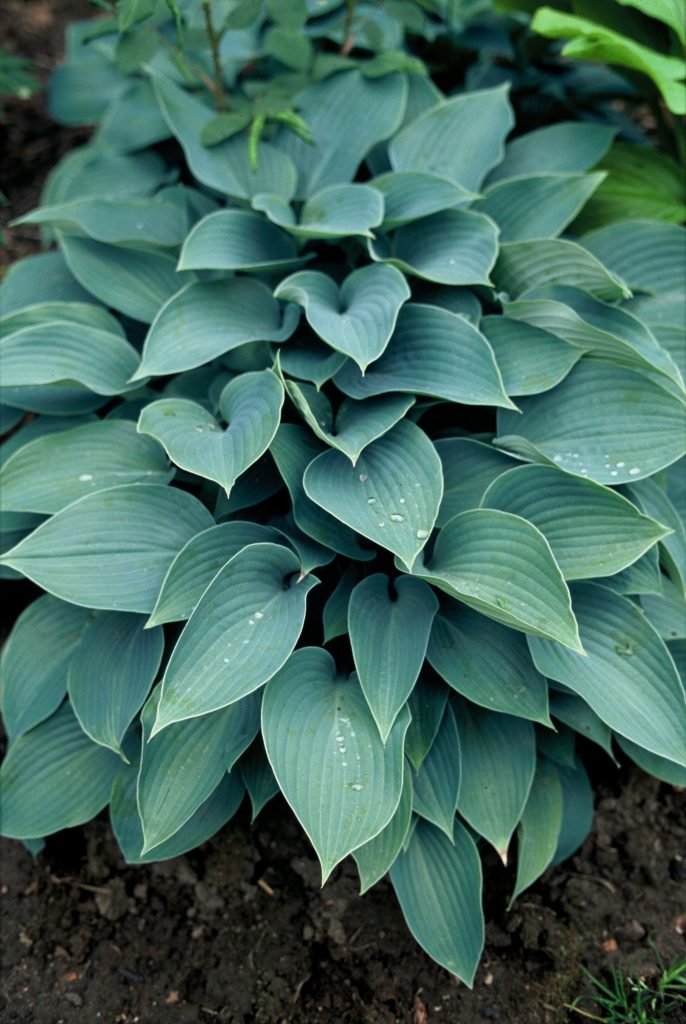
Hosta 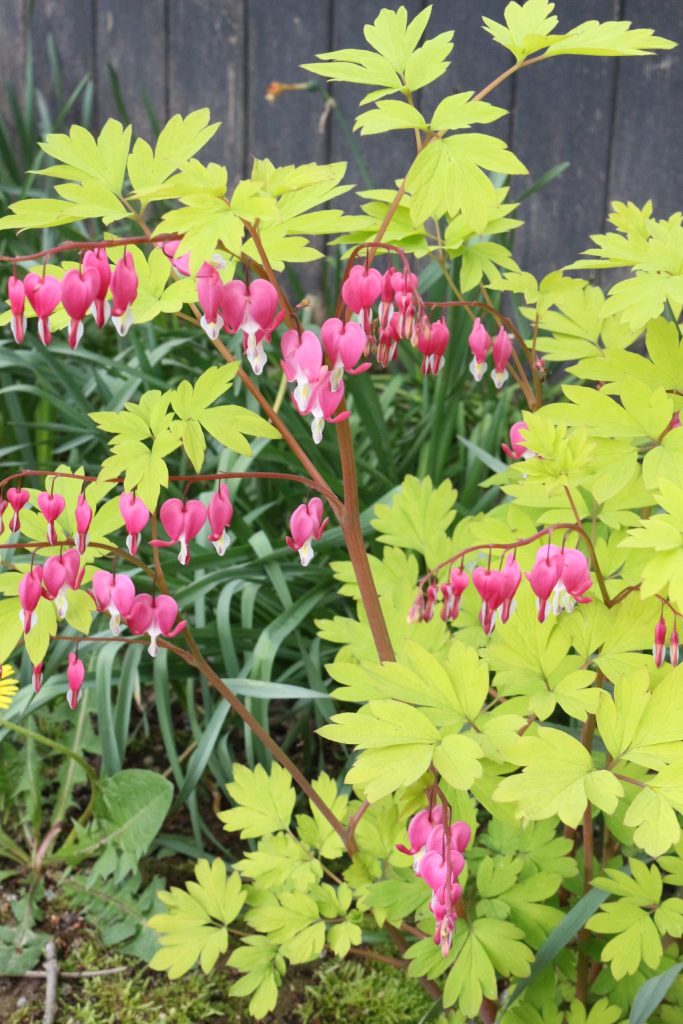
Dicentra 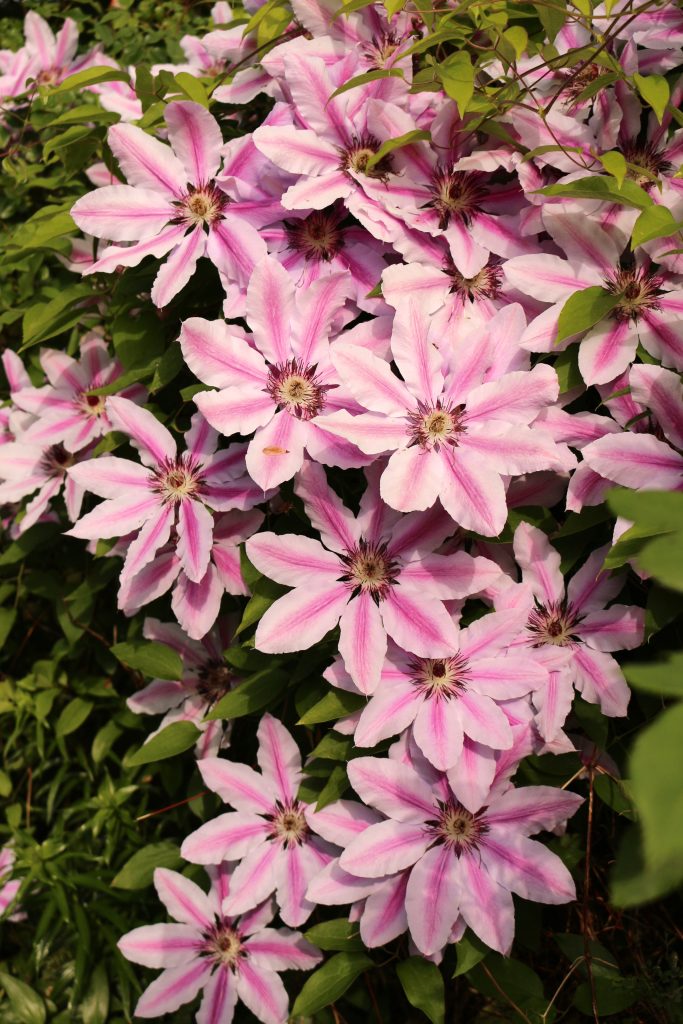
Clematis 
Iris 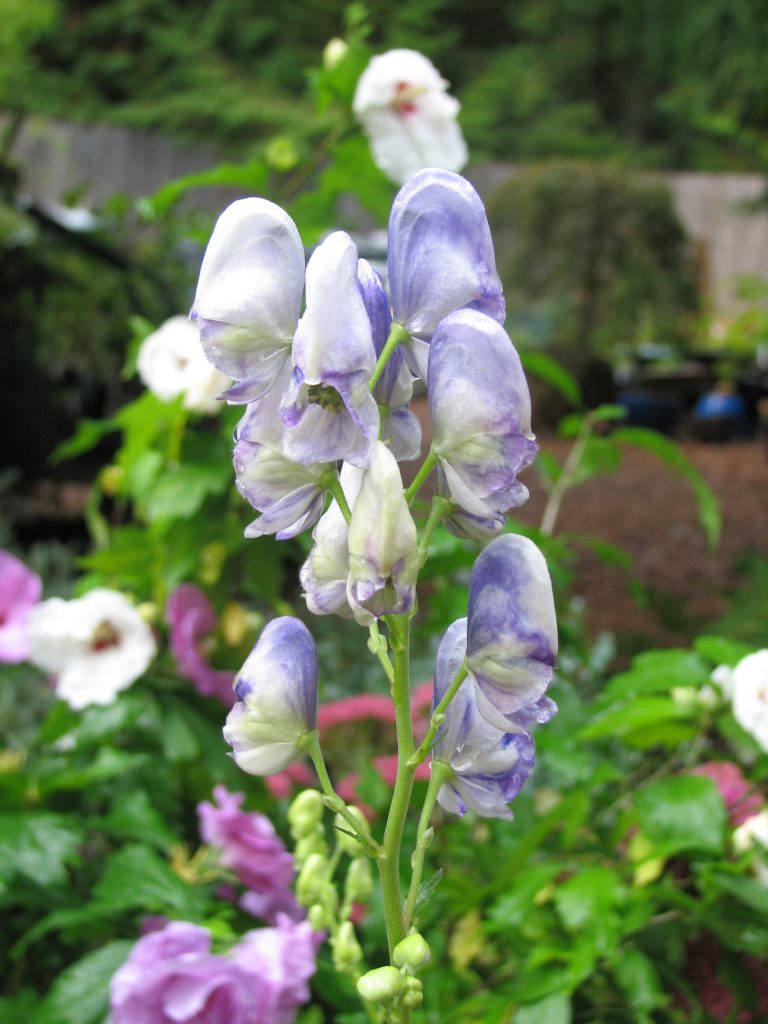
Acontium 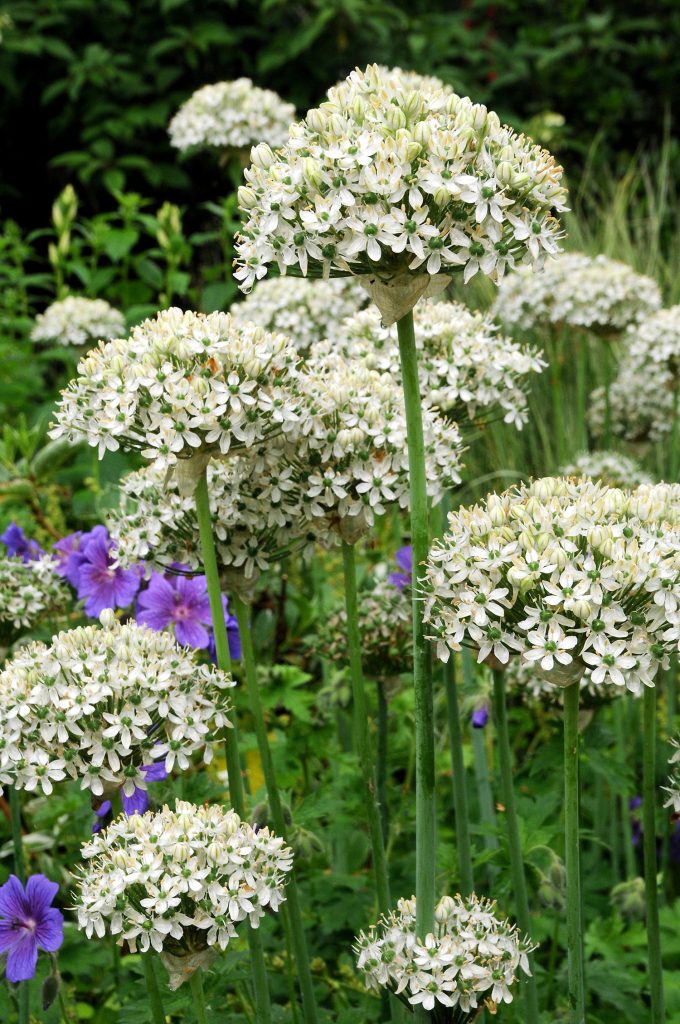
Allium
Keeping Your Dogs Out of the Garden
There are some great methods to try to keep your dogs out of your garden. Dogs prefer to follow paths while outside. Using solid paving stones, or cement paths in your backyard is preferable over small cedar chips, or pea gravel, as soft ground material can easily lend itself to digging. Planting larger plants in the garden will also limit the entry spaces to your garden beds, and the amount of space dogs have roam around your plants. If there are certain areas of your yard you just don’t want your dogs to have access to, make sure it is a sturdy fenced area, and create a different designated area that is available for your dog. Providing a special area for your dog will allow them space to expel a lot of energy. I love to see my dogs running around and working off some of their energy as they will be less likely to get into trouble later – both inside and out!
Walks in the Neighbourhood
When out for a walk, I make sure my dogs are on a leash and I’m mindful of the plants they are taking extra interest in. As a general rule, I keep my dogs out of the neighbour’s bushes and gardens while on a walk. Not only is it safer for my dogs, but my neighbours also appreciate it! In addition, you never know what kind of chemicals or fertilizers people may be using in their gardens or lawns. Although my dogs love to run and play off leash, I leave that activity to my outdoor space complete with a sturdy fence or to the local dog park.
Many dogs have the innate ability to avoid toxic plants which will make them ill, but it is good to keep a watchful eye on their interactions with new plants in your garden. If you have dogs in your life, you know the importance of keeping them safe. When sending your dogs outside it is essential to have a safe yet beautiful garden for both of you to enjoy. By being a dog owner, you don’t need to give up your love of gardening, however, it is important to be mindful of what you plant. Dogs are part of the family – create the best garden area for your whole family to enjoy, even your four-legged members.
For a comprehensive list of plants, visit the ASPCA’s list of toxic and non-toxic plants for dogs, or view our attached PDF below. Be mindful that there are certain varieties that are not listed as toxic, but your dogs may have a sensitivity to a certain variety. If you suspect your dog has ingested a poisonous plant, make sure to contact your veterinarian or local emergency veterinary hospital for directions on what to do.
Plants Safe for Dogs
PERENNIALS
actaea (baneberry)
agapanthus (lily of the nile)
ajuga (bugleweed)
alcea (hollyhock)
aquilegia (columbine)
astilbe (false goat’s beard)
bergenia (saxifragia)
buddleila (butterfly bush)
camellia
campanula (bellflower)
canna
centaurea (cornflower)
ceratostigma (blue leadwort)
coreopsis (tickseed)
cyrtomium (holly fern)
dryopteris (shield fern)
echinacea (cone flower)
echinops (globe thistle)
geranium (crane’s bill)
gypsophila (baby’s breath)
helianthus (perennial sunflower)
hemerocallis (daylily)
heuchera (coral bells)
hibiscus (rose mallow/ rose of sharon)
incarvillea (hardy gloxinia)
kniphofia (red hot poker)
monarda (bee balm)
nepeta (catmint)
phlox paniculata hybrids (garden phlox)
phlox subulata (creeping phlox)
potentilla (cinquefoil)
rudbeckia (cone flower)
sagina subulata (irish moss)
salvia (sage)
scabiosa (pincushion flower)
sedum (stonecrop)
sempervivum (hen & chicks)
thymus (thyme)
veronica (speedwell)
viola (violet)
GRASSES
calamagrostis (feather grass)
cortaderia (pampas grass)
festuca (fescue)
hakonechloa (japanese forest grass)
liriope (lily turf)
miscanthus (maiden grass)
BULBS
gloxinia
galtonia
liatris
lilium (lilies, asiatic, ot, trumpet & tiger)
muscari
FRUIT
blackberry
blueberry
cranberry
goji berry
raspberry
strawberry
